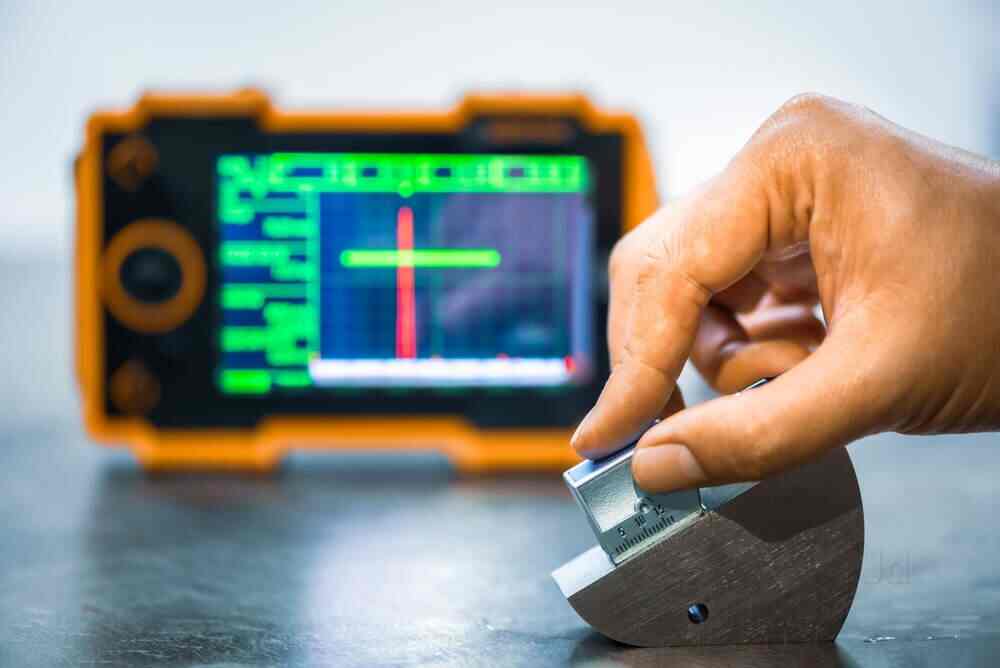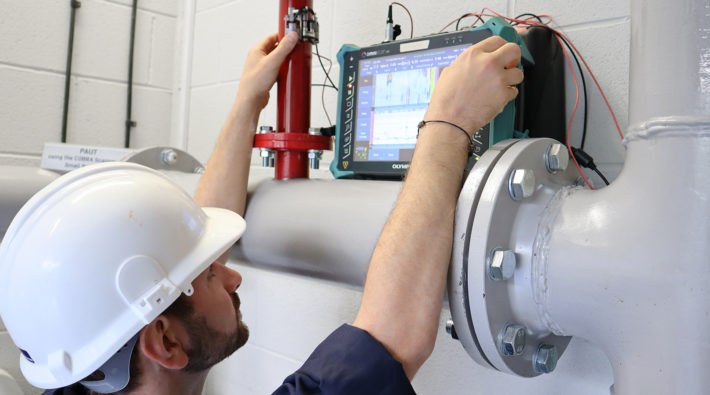In today’s fast-paced world, the demand for efficient systems is ever-growing. Machine learning for frequency optimization has become a crucial tool in ensuring that industries operate effectively and efficiently. By harnessing the power of machine learning, industries can optimize frequencies to improve performance, reduce costs, and enhance overall productivity.
Industries are continuously looking to improve their operations, and one of the ways they achieve this is by optimizing the frequency of their processes. With the advent of machine learning, this has become more achievable than ever before. By employing advanced algorithms, industries can determine the optimal frequency for various operations, leading to significant improvements in efficiency and performance.

Understanding Frequency Optimization
Frequency optimization involves adjusting the frequency at which a process or operation is performed to achieve maximum efficiency. It is a concept widely used across various industries, from telecommunications to manufacturing. By optimizing frequency, industries can ensure that their operations run smoothly, reducing downtime and increasing productivity.
The Role of Machine Learning in Frequency Optimization
Machine learning plays a pivotal role in frequency optimization by providing the tools and techniques needed to analyze and interpret data. Through the use of machine learning algorithms, industries can identify patterns and trends in their data, allowing them to make informed decisions about the optimal frequency for their operations.
Applications of Frequency Optimization in Different Industries
Frequency optimization has a wide range of applications across various industries. Let’s explore some of the key areas where it has made a significant impact.
Telecommunications
In the telecommunications industry, frequency optimization is critical for ensuring that networks operate efficiently. By optimizing the frequency of data transmission, telecom companies can reduce latency and improve the quality of service for their customers.
Manufacturing
In manufacturing, frequency optimization is used to ensure that production lines operate at their optimal capacity. By adjusting the frequency of machine operations, manufacturers can reduce wear and tear on equipment, extend the lifespan of machinery, and increase overall productivity.
Healthcare
In the healthcare industry, frequency optimization is used to improve the efficiency of medical devices and equipment. By optimizing the frequency of medical procedures and treatments, healthcare providers can enhance patient outcomes and reduce costs.
Benefits of Machine Learning for Frequency Optimization
There are several benefits to using machine learning for frequency optimization, including improved efficiency, cost savings, and enhanced performance.
Improved Efficiency
By optimizing the frequency of operations, industries can achieve greater efficiency, reducing waste and improving productivity. This leads to significant cost savings and a more streamlined operation.
Cost Savings
Frequency optimization can lead to considerable cost savings by reducing the need for maintenance and repairs. By running operations at their optimal frequency, industries can extend the lifespan of their equipment and reduce the frequency of breakdowns.
Enhanced Performance
Through machine learning, industries can enhance the performance of their operations by identifying the optimal frequency for their processes. This leads to improved outcomes and a more competitive edge in the marketplace.
Challenges in Implementing Machine Learning for Frequency Optimization
While the benefits of machine learning for frequency optimization are clear, there are also challenges that industries must overcome to implement these technologies effectively.
Data Quality
One of the primary challenges in implementing machine learning for frequency optimization is ensuring the quality of the data being used. Accurate and reliable data is essential for making informed decisions about frequency optimization.
Technical Expertise
Implementing machine learning for frequency optimization requires a certain level of technical expertise. Industries must have skilled professionals who can develop and implement machine learning algorithms effectively.
Integration with Existing Systems
Integrating machine learning for frequency optimization with existing systems can be challenging. Industries must ensure that their systems are compatible and that the implementation process is seamless.
Future of Machine Learning for Frequency Optimization
The future of machine learning for frequency optimization is bright, with new advancements and innovations on the horizon. As technology continues to evolve, industries can expect even greater improvements in efficiency and performance through frequency optimization.
Advancements in Machine Learning Algorithms
As machine learning algorithms continue to advance, industries will be able to achieve even greater levels of frequency optimization. This will lead to improved outcomes and a more competitive edge in the marketplace.
Increased Adoption Across Industries
As more industries recognize the benefits of frequency optimization, the adoption of machine learning for this purpose is expected to increase. This will lead to a more efficient and productive global economy.
Collaboration Between Industries
In the future, industries may collaborate more closely to share insights and best practices for frequency optimization. This could lead to even greater advancements and improvements in efficiency and performance.
Conclusion
In conclusion, machine learning for frequency optimization is a powerful tool that can greatly enhance the efficiency and performance of industries across the board. By leveraging the power of machine learning, industries can optimize their operations, reduce costs, and improve overall productivity. While there are challenges to overcome, the future of machine learning for frequency optimization is promising, with new advancements and innovations on the horizon.
For more information on the role of frequency in various applications, you can check out the role of frequency in predictive maintenance or explore the optimal frequency for crack detection.

FAQ
What is frequency optimization?
Frequency optimization involves adjusting the frequency of operations to achieve maximum efficiency. It is used across various industries to improve performance and reduce costs.
How does machine learning help with frequency optimization?
Machine learning helps with frequency optimization by analyzing data and identifying patterns and trends. This allows industries to determine the optimal frequency for their operations.
What are the benefits of frequency optimization?
The benefits of frequency optimization include improved efficiency, cost savings, and enhanced performance. By optimizing frequency, industries can achieve greater productivity and a competitive edge in the marketplace.
This article contains affiliate links. We may earn a commission at no extra cost to you.
